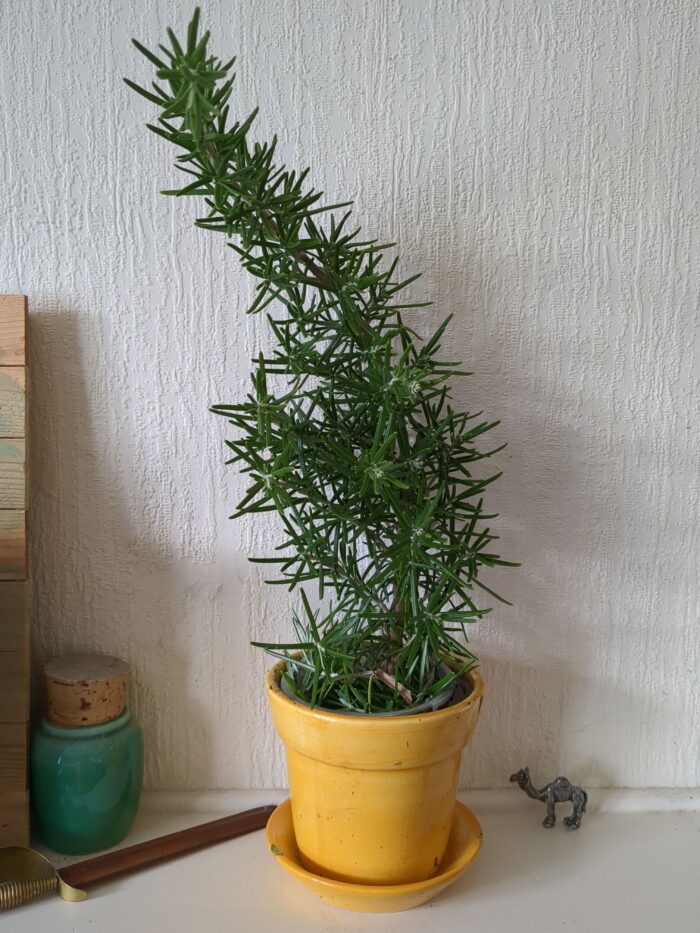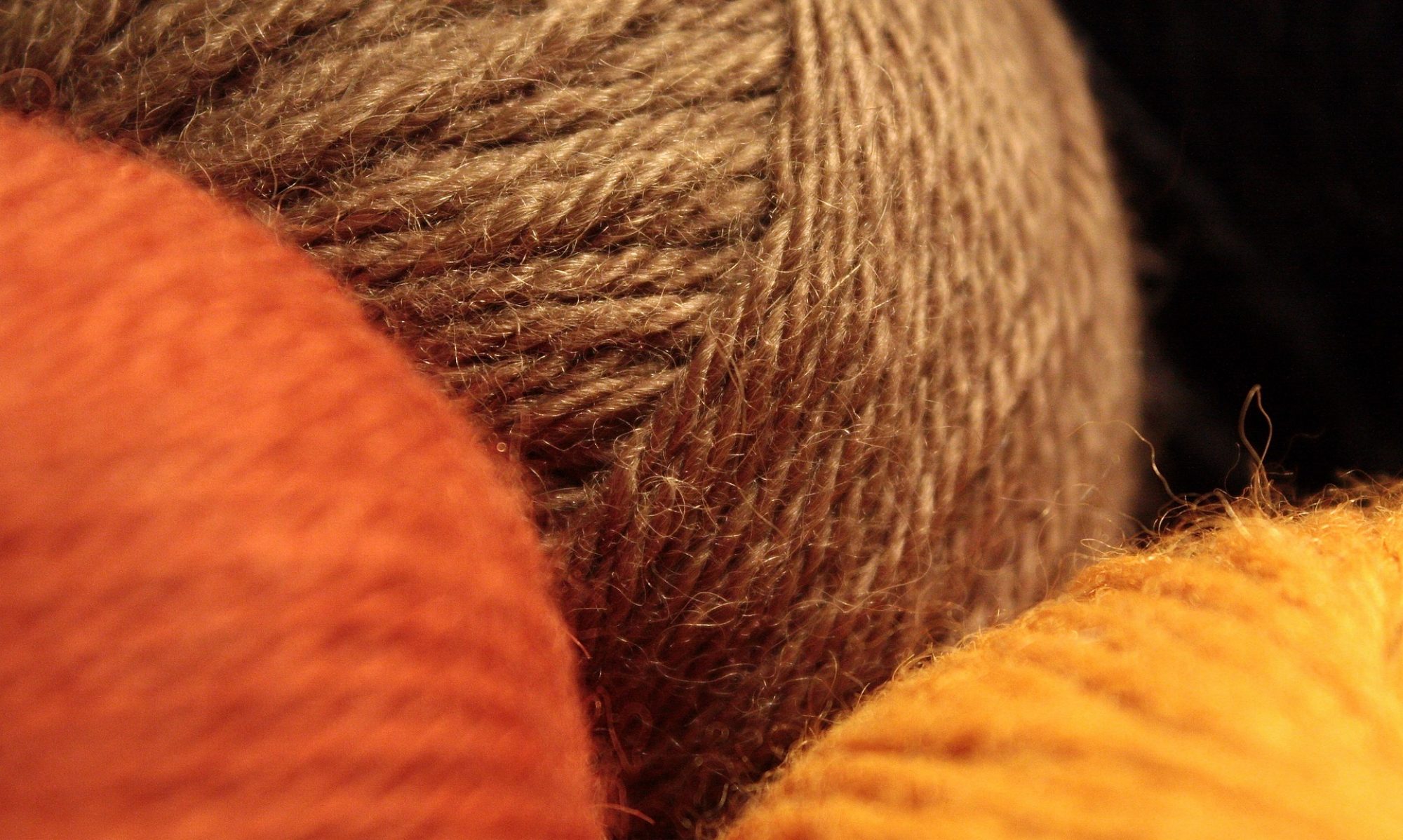being a selection of crafts, games, incident and etymology which have enlivened the holiday season for me and may well perform the same service for you.
We don’t usually have a Christmas tree in this household. I don’t like plastic and I don’t much like felling trees either. We did try a living tree in a pot, but keeping it alive proved more than we were capable of. Thus the usual absence of tree. This year, however, as I was hanging out the washing on Christmas Eve, I accidentally broke a branch off the rosemary which grows beneath the washing line. So this year, we had a tree, albeit not a very large one.

It did manage to bloom at one point – you can see the buds in the photo above if you look carefully – but alas, it didn’t put down roots in the soil provided, and it did not long survive the Twelve Days of Christmas.
Continue & Comment

